Is Your EMR in Transition? 6 Tips to Help You Navigate
There have been so many changes in the physical therapy EMR world over the last few months - mergers, acquisitions, and overall instability when it comes to knowing who is managing your billing software.
We know the transition of an EMR can bring dread to you and your team. Luckily, LRS is here to help you navigate these transitions and ensure your revenue stream experiences no delays.
Here are 6 tips to help you survive (and thrive!) through an EMR transition:
Identify Existing Operational Issues: You want to start clean in your new system. If you are receiving denials for not verifying patient insurance correctly and subsequently missing authorizations, those same issues will carry over to a new system. Now is the chance to make sure all of your up-front processes are in place so you can be set up for success in your new EMR.
Allow Yourself Enough Time: Make sure you and your whole team take all available trainings in the new system, are practicing getting acquainted with flow of the software, and that you move your schedule and caseload over from your current software prior to your go-live date. You also want to make sure your billing partner is ensuring all billing rules, fee schedules, modifiers, etc. are set up correctly in the new system.
Plan for Your Old A/R: Who is going to work the claims in your old EMR system? If you have an in-house biller, this is self explanatory but ensure that you have access to the old EMR system for long enough to continue to work claims. If you are switching to a new billing company, what is your contract with the old system? Who owns the ability to work that A/R? Have these conversations early to avoid confusion down the line.
COMMUNICATE!: This cannot be overstated. Communicate with your old software support team, new software support team, your internal operational team, your billing team, your clinical team - integrate and communicate at all levels to ensure each team member has what they need to successfully complete their duties in the new system.
Monitor Your KPIs: Before you transition, identify your Key Performance Indicators. These should be first pass payment rates, revenue/visit, and other key metrics for your practice. Monitor these during the transition to ensure all essential KPI numbers are being met.
Focus on the Patient, Not the Computer: Above all, patient care comes first. Allow your billing partner, like LRS, to help you navigate the transition so you can do what you do best - take care of your patients.
Thinking about transitioning your software? Contact hello@lincolnrs.com to learn how LRS can help support you through the change.

